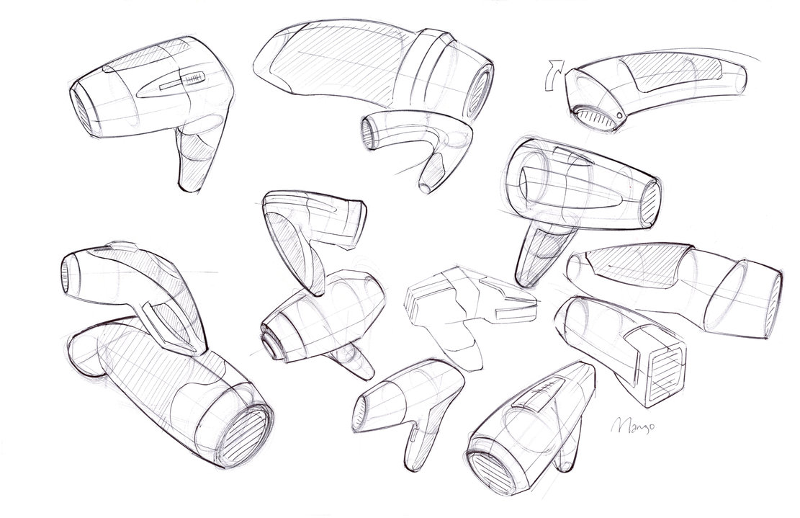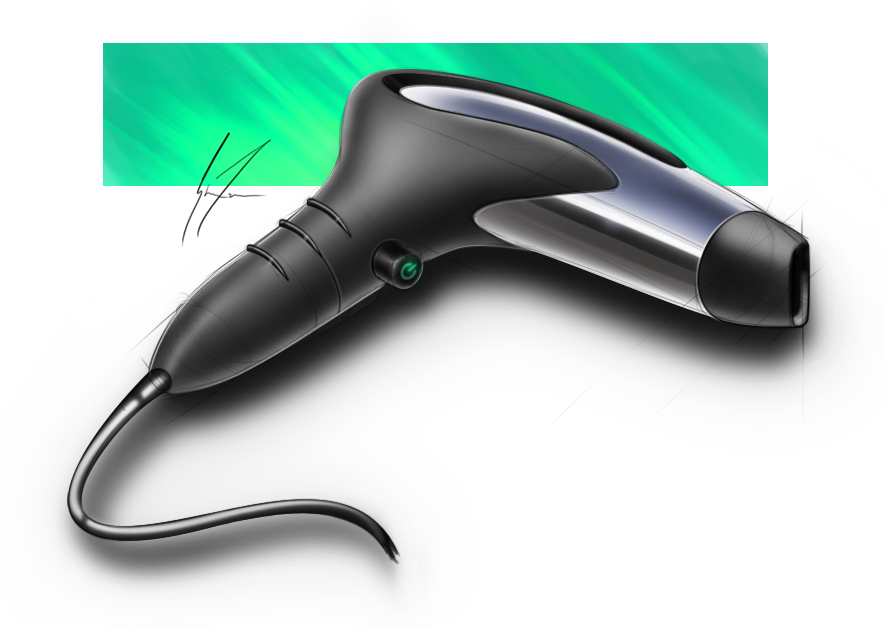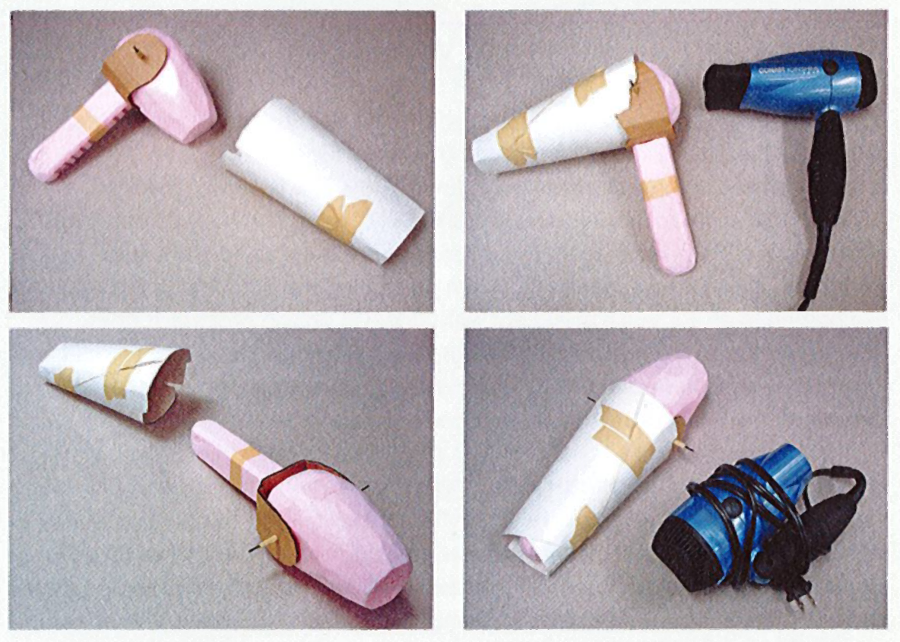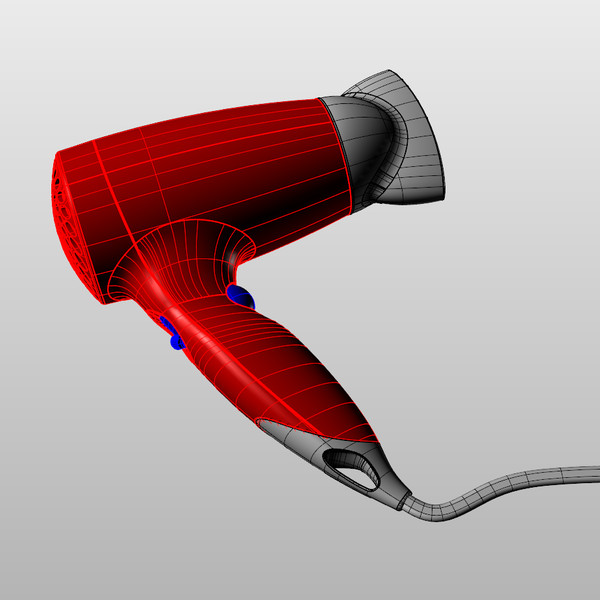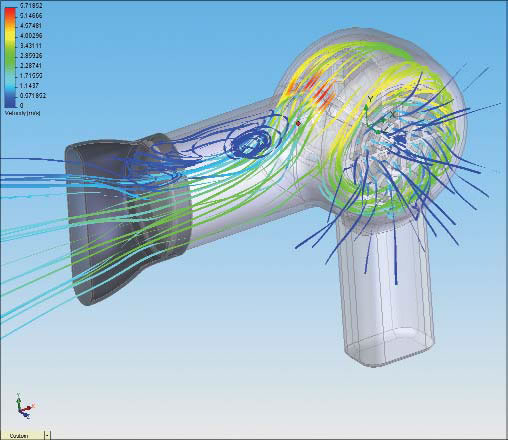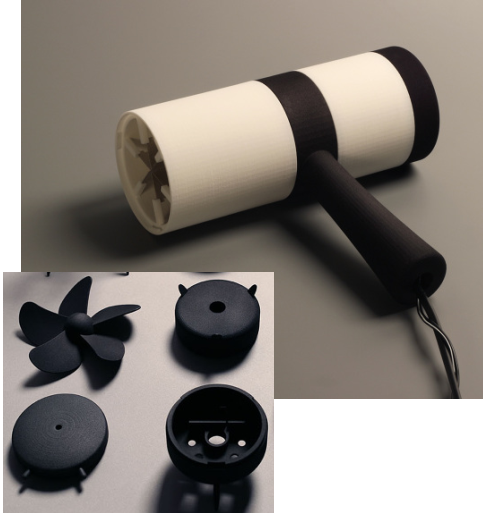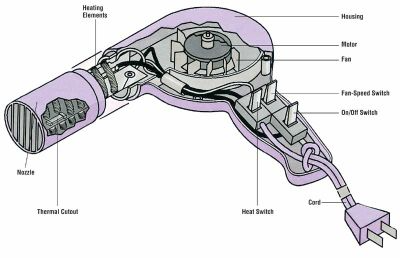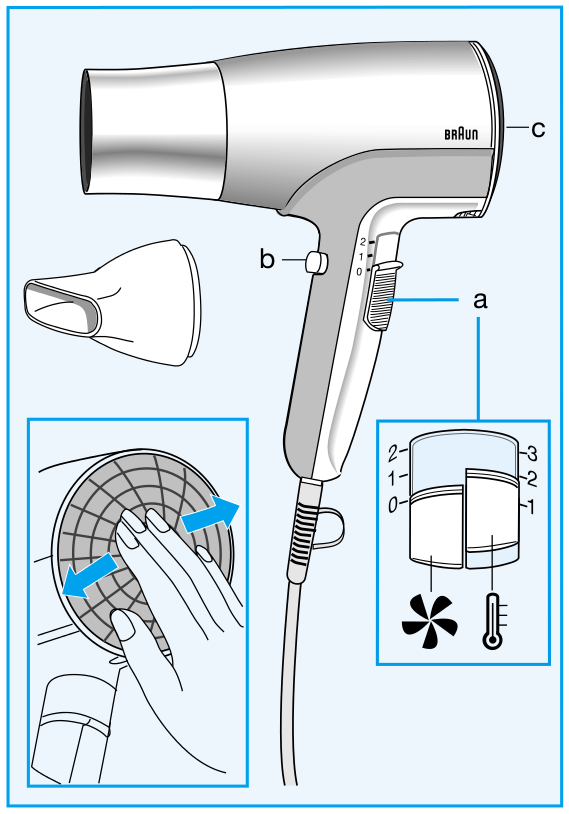Section: Research Program
Introduction
Our research program is oriented around two main axes: 1) Computer-Assisted Design with Heterogeneous Representations and 2) Graphics with Uncertainty and Heterogeneous Content. These two axes are governed by a set of common fundamental goals, share many common methodological tools and are deeply intertwined in the development of applications.
Computer-Assisted Design with Heterogeneous Representations
Designers use a variety of visual representations to explore and communicate about a concept. Figure 2 illustrates some typical representations, including sketches, hand-made prototypes, 3D models, 3D printed prototypes or instructions.
|
The early representations of a concept, such as rough sketches and hand-made prototypes, help designers formulate their ideas and test the form and function of multiple design alternatives. These low-fidelity representations are meant to be cheap and fast to produce, to allow quick exploration of the design space of the concept. These representations are also often approximate to leave room for subjective interpretation and to stimulate imagination; in this sense, these representations can be considered uncertain. As the concept gets more finalized, time and effort are invested in the production of more detailed and accurate representations, such as high-fidelity 3D models suitable for simulation and fabrication. These detailed models can also be used to create didactic instructions for assembly and usage.
Producing these different representations of a concept requires specific skills in sketching, modeling, manufacturing and visual communication. For these reasons, professional studios often employ different experts to produce the different representations of the same concept, at the cost of extensive discussions and numerous iterations between the actors of this process. The complexity of the multi-disciplinary skills involved in the design process also hinders their adoption by laymen.
Existing solutions to facilitate design have focused on a subset of the representations used by designers. However, no solution considers all representations at once, for instance to directly convert a series of sketches into a set of physical prototypes. In addition, all existing methods assume that the concept is unique rather than ambiguous. As a result, rich information about the variability of the concept is lost during each conversion step.
We plan to facilitate design for professionals and laymen by adressing the following objectives:
-
We want to assist designers in the exploration of the design space that captures the possible variations of a concept. By considering a concept as a distribution of shapes and functionalities rather than a single object, our goal is to help designers consider multiple design alternatives more quickly and effectively. Such a representation should also allow designers to preserve multiple alternatives along all steps of the design process rather than committing to a single solution early on and pay the price of this decision for all subsequent steps. We expect that preserving alternatives will facilitate communication with engineers, managers and clients, accelerate design iterations and even allow mass personalization by the end consumers.
-
We want to support the various representations used by designers during concept development. While drawings and 3D models have received significant attention in past Computer Graphics research, we will also account for the various forms of rough physical prototypes made to evaluate the shape and functionality of a concept. Depending on the task at hand, our algorithms will either analyse these prototypes to generate a virtual concept, or assist the creation of these prototypes from a virtual model. We also want to develop methods capable of adapting to the different drawing and manufacturing techniques used to create sketches and prototypes. We envision design tools that conform to the habits of users rather than impose specific techniques to them.
-
We want to make professional design techniques available to novices. Affordable software, hardware and online instructions are democratizing technology and design, allowing small businesses and individuals to compete with large companies. New manufacturing processes and online interfaces also allow customers to participate in the design of an object via mass personalization. However, similarly to what happened for desktop publishing thirty years ago, desktop manufacturing tools need to be simplified to account for the needs and skills of novice designers. We hope to support this trend by adapting the techniques of professionals and by automating the tasks that require significant expertise.
Graphics with Uncertainty and Heterogeneous Content
Our research is motivated by the observation that traditional CG algorithms have not been designed to account for uncertain data. For example, global illumination rendering assumes accurate virtual models of geometry, light and materials to simulate light transport. While these algorithms produce images of high realism, capturing effects such as shadows, reflections and interreflections, they are not applicable to the growing mass of uncertain data available nowadays.
The need to handle uncertainty in CG is timely and pressing, given the large number of heterogeneous sources of 3D content that have become available in recent years. These include data from cheap depth+image sensors (e.g., Kinect or the Tango), 3D reconstructions from image/video data, but also data from large 3D geometry databases, or casual 3D models created using simplified sketch-based modeling tools. Such alternate content has varying levels of uncertainty about the scene or objects being modelled. This includes uncertainty in geometry, but also in materials and/or lights – which are often not even available with such content. Since CG algorithms cannot be applied directly, visual effects artists spend hundreds of hours correcting inaccuracies and completing the captured data to make them useable in film and advertising.
|
We identify a major scientific bottleneck which is the need to treat heterogeneous content, i.e., containing both (mostly captured) uncertain and perfect, traditional content. Our goal is to provide solutions to this bottleneck, by explicitly and formally modeling uncertainty in CG, and to develop new algorithms that are capable of mixed rendering for this content.
We strive to develop methods in which heterogeneous – and often uncertain – data can be handled automatically in CG with a principled methodology. Our main focus is on rendering in CG, including dynamic scenes (video/animations).
Given the above, we need to address the following challenges:
-
Develop a theoretical model to handle uncertainty in computer graphics. We must define a new formalism that inherently incorporates uncertainty, and must be able to express traditional CG rendering, both physically accurate and approximate approaches. Most importantly, the new formulation must elegantly handle mixed rendering of perfect synthetic data and captured uncertain content. An important element of this goal is to incorporate cost in the choice of algorithm and the optimizations used to obtain results, e.g., preferring solutions which may be slightly less accurate, but cheaper in computation or memory.
-
The development of rendering algorithms for heterogeneous content often requires preprocessing of image and video data, which sometimes also includes depth information. An example is the decomposition of images into intrinsic layers of reflectance and lighting, which is required to perform relighting. Such solutions are also useful as image-manipulation or computational photography techniques. The challenge will be to develop such “intermediate” algorithms for the uncertain and heterogeneous data we target.
-
Develop efficient rendering algorithms for uncertain and heterogeneous content, reformulating rendering in a probabilistic setting where appropriate. Such methods should allow us to develop approximate rendering algorithms using our formulation in a well-grounded manner. The formalism should include probabilistic models of how the scene, the image and the data interact. These models should be data-driven, e.g., building on the abundance of online geometry and image databases, domain-driven, e.g., based on requirements of the rendering algorithms or perceptually guided, leading to plausible solutions based on limitations of perception.



